Blog
What Are Heel Spurs and How SoftWave TRT Can Help
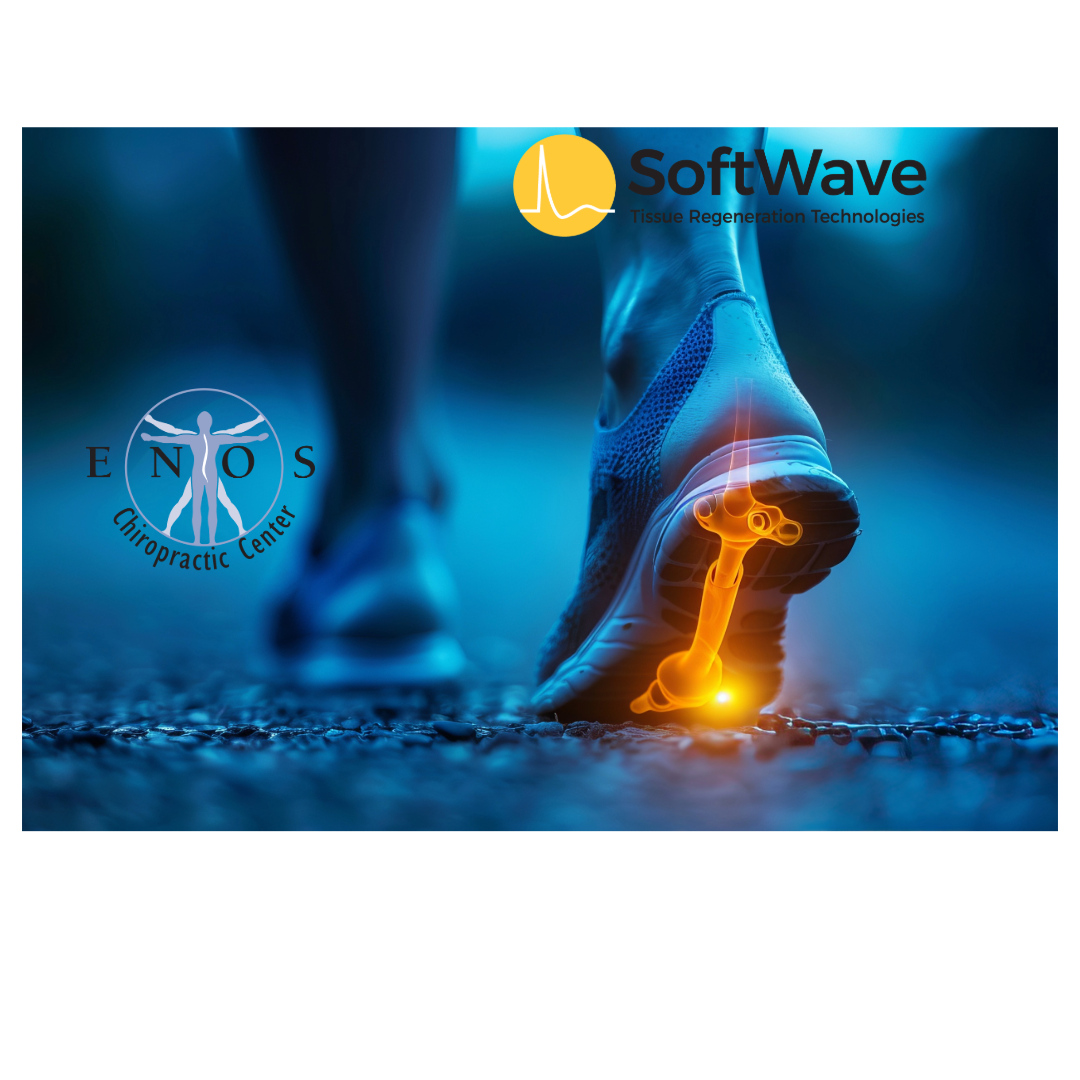
What Are Heel Spurs and How SoftWave TRT Can Help
Heel spurs are a common source of foot pain, often associated with conditions like plantar fasciitis. They are calcium deposits that build up on the underside of the heel bone, causing a bony protrusion. While the spur itself may not always cause pain, the surrounding soft tissue often becomes irritated, leading to discomfort and inflammation. Understanding the nature of heel spurs and available treatment options at Enos Chiropractic Center can help those who suffer from this condition find relief.
What Causes Heel Spurs?
Heel spurs develop over time due to repetitive stress or strain on the foot, particularly where the tendons and ligaments attach to the heel bone. Common factors that contribute to heel spurs include:
- Overuse: Prolonged walking, running, or standing, especially on hard surfaces.
- Poor footwear: Shoes that lack proper arch support or cushioning.
- Foot mechanics: Issues such as flat feet or high arches can place extra strain on the heel.
- Obesity: Carrying excess weight increases pressure on the heels.
- Aging: As we age, the protective fat pad on the heel naturally wears down, exposing the bone to more stress.
Symptoms of Heel Spurs
Heel spurs may not always cause noticeable symptoms. However, when they do, people often experience:
- Sharp pain in the heel when standing or walking, especially after periods of rest.
- Inflammation and swelling around the heel.
- A visible, bony protrusion under the heel in more severe cases.
Pain from heel spurs often occurs alongside plantar fasciitis, making it difficult to pinpoint which is the exact cause of discomfort. Both conditions involve inflammation of the soft tissues at the bottom of the foot.
Traditional Treatments for Heel Spurs
Conventional treatment for heel spurs usually involves:
- Rest and reducing activities that stress the heel.
- Icing the affected area to reduce inflammation.
- Wearing supportive footwear or orthotics.
- Physical therapy to strengthen foot muscles.
- Anti-inflammatory medications to alleviate pain.
In more severe cases, doctors may recommend cortisone injections or even surgery to remove the spur. However, these treatments don’t always address the underlying inflammation or promote long-term healing.
How SoftWave TRT Can Help With Heel Spurs
SoftWave Tissue Regeneration Technology (TRT) offers an innovative, non-invasive solution for heel spurs by harnessing the power of acoustic waves to stimulate healing in damaged tissues. This treatment works by delivering shockwaves to the affected area, which helps accelerate the body’s natural healing processes.
Key Benefits of SoftWave TRT for Heel Spurs:
- Reduces Inflammation: SoftWave therapy promotes blood flow and reduces inflammation, helping relieve pain and discomfort caused by irritated tissues around the heel spur.
- Stimulates Tissue Regeneration: The acoustic waves trigger cellular responses that encourage the regeneration of damaged soft tissues, facilitating long-term healing.
- Non-invasive and Drug-free: Unlike surgery or injections, SoftWave TRT is a non-invasive, drug-free treatment option that allows patients to avoid the risks associated with more invasive procedures.
- Breaks Up Calcifications: In some cases, the shockwaves may help break down calcium deposits, reducing the size of the heel spur over time.
- Quick Recovery Time: SoftWave TRT sessions typically last around 15-20 minutes, with minimal downtime, allowing patients to resume normal activities shortly after treatment.
Conclusion
Heel spurs can be a painful and frustrating condition, but SoftWave TRT offers a promising treatment option that addresses both pain relief and long-term healing. By reducing inflammation and stimulating tissue repair, SoftWave TRT can help you get back on your feet—pain-free. If you're struggling with heel pain, consider exploring this advanced therapy as part of your treatment plan.
‹ Back
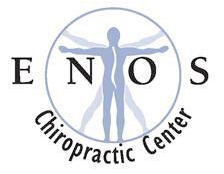
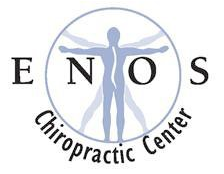


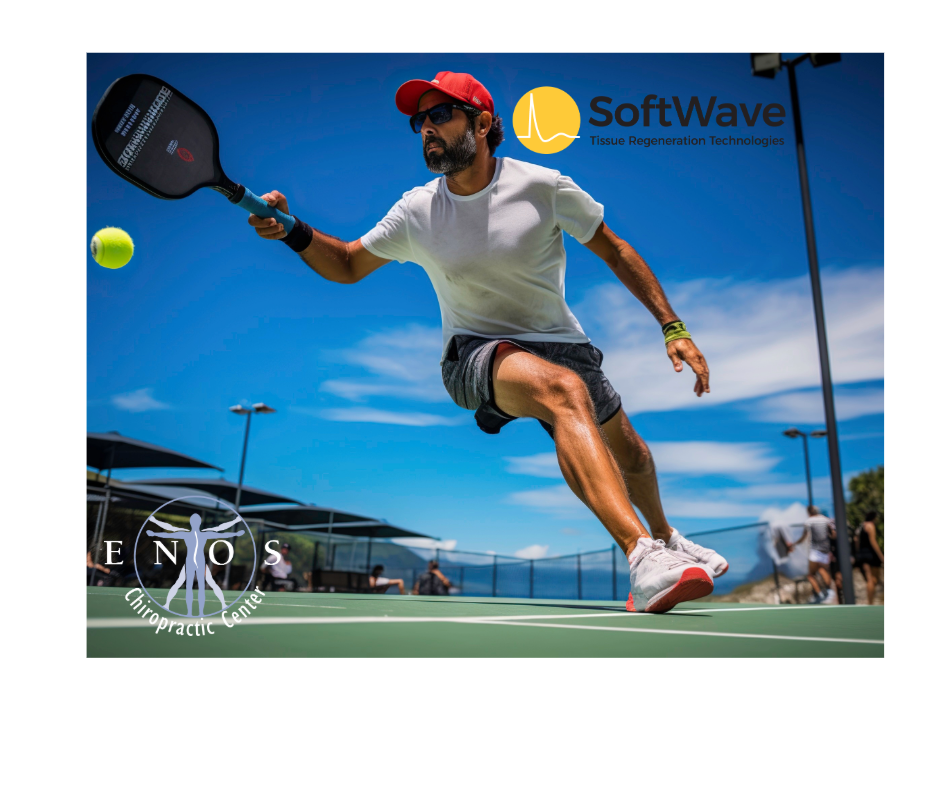
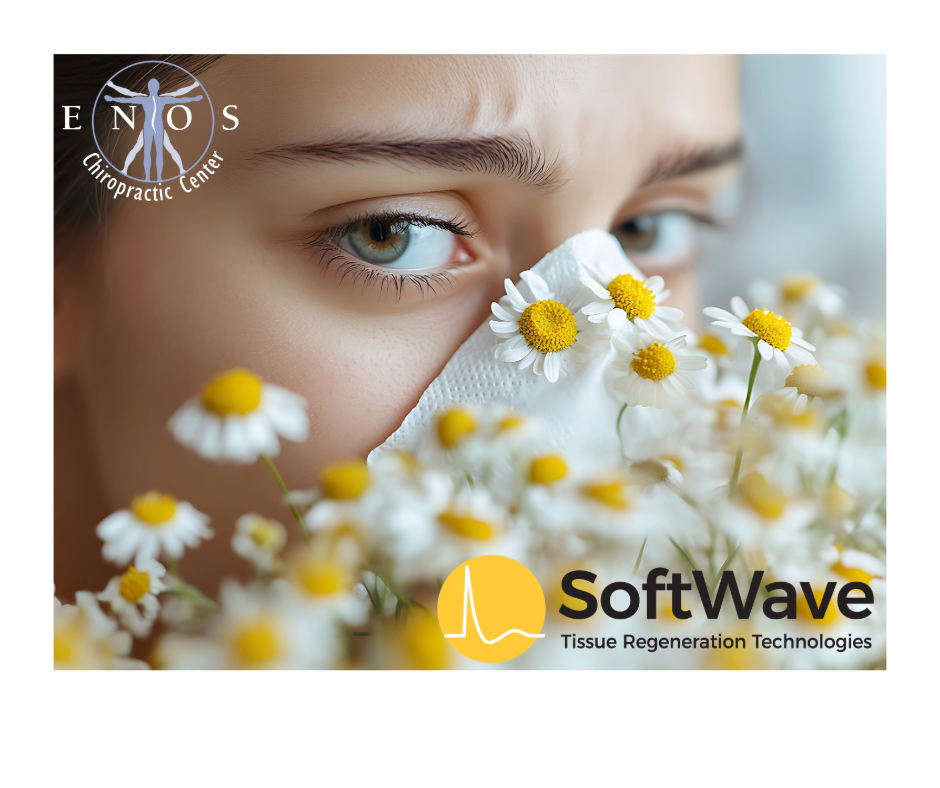
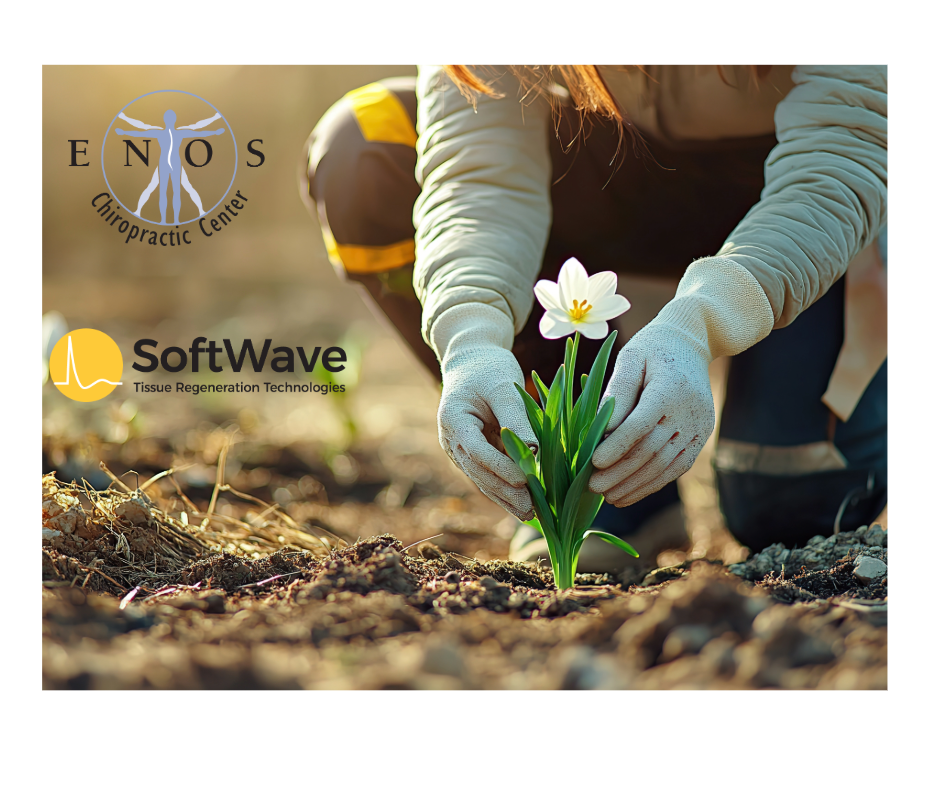
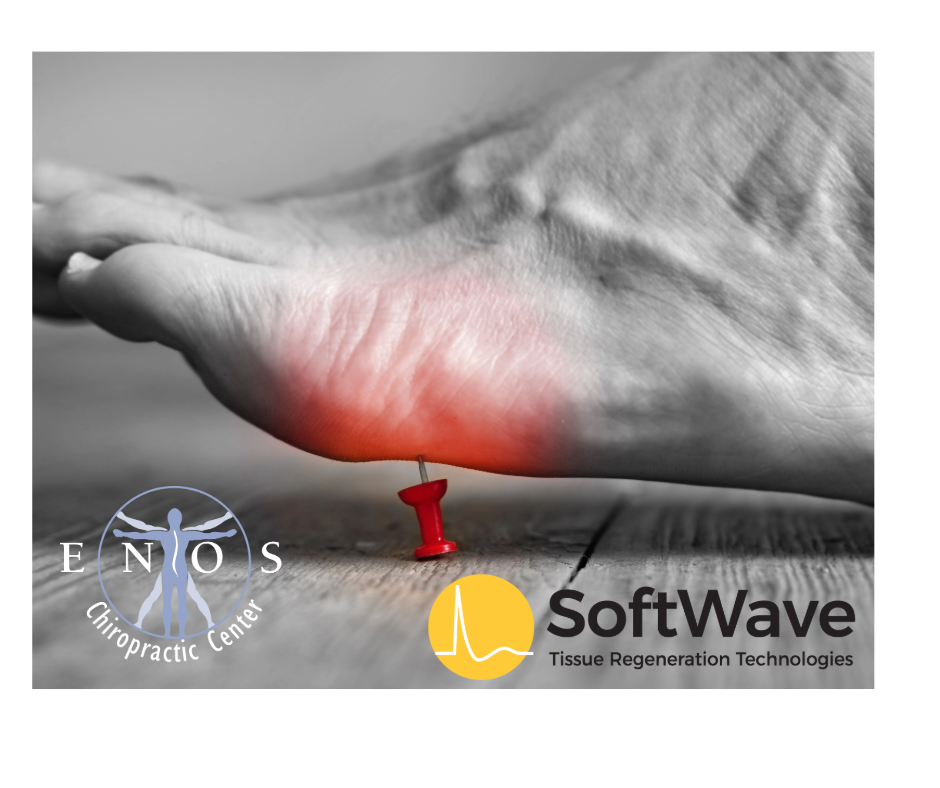
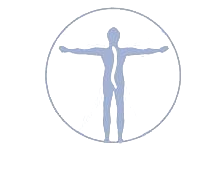
 12 Calef Street
12 Calef Street

Comments